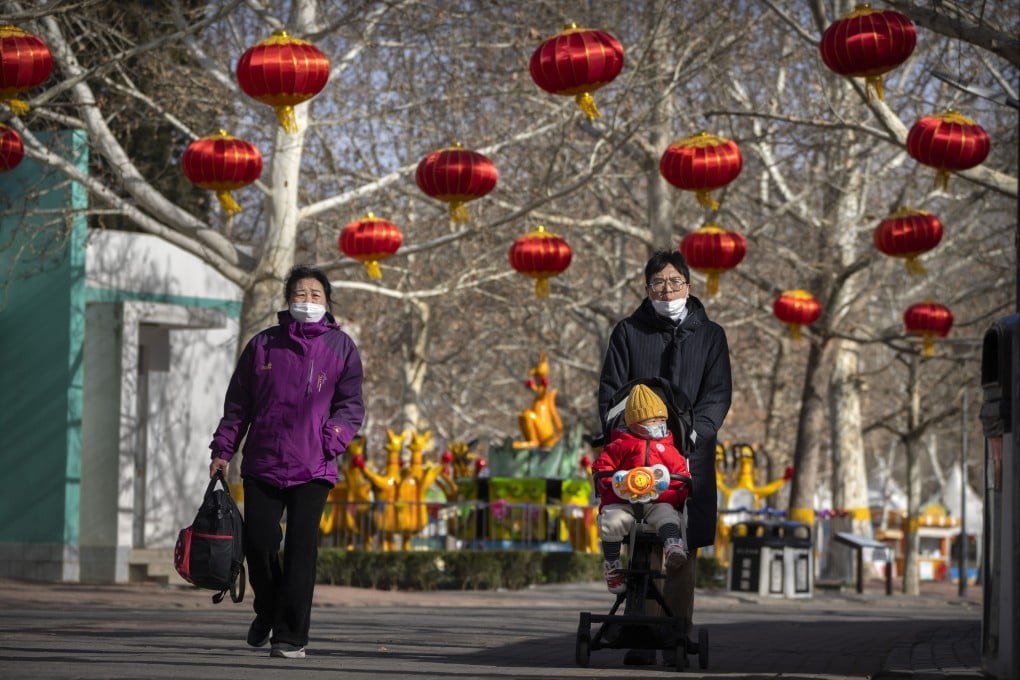Advertisement
Global Impact: after years of telling people to only have one child, China’s population finally declines, deepening demographic crisis
- Global Impact is a weekly curated newsletter featuring a news topic originating in China with a significant macro impact for our newsreaders around the world
- In this edition, we look at the news that China’s population dropped by 850,000 people last year and what, if anything, Beijing can do
Reading Time:6 minutes
Why you can trust SCMP
1

Global Impact is a weekly curated newsletter featuring a news topic originating in China with a significant macro impact for our newsreaders around the world. Sign up now!
Well, it finally happened. After much speculation, China’s population officially declined last year. And China’s population ranking is soon set to match that of its economy, both as the second-largest in the world, given that India is poised to claim the mantle as the world’s most populous nation.
But while China is still expected to eventually overtake the United States as the world’s largest economy, the outlook for a recovery in the size of its population is far less optimistic.
Advertisement
Last year, China’s population declined for the first time in six decades, with the national birth rate falling to a record low, and the nation’s deepening demographic crisis threatening far-reaching implications for economic growth.
Deaths outnumbered births in China as its overall population plummeted by 850,000 to 1.4118 billion, down from 1.4126 billion a year earlier.
Advertisement
Mothers in China had 9.56 million babies last year, a 9.98 per cent drop from 10.62 million in 2021, meaning that the national birth rate fell to a record low of 6.77 births for every 1,000 people in 2022, down from 7.52 in 2021.
Advertisement
Select Voice
Choose your listening speed
Get through articles 2x faster
1.25x
250 WPM
Slow
Average
Fast
1.25x